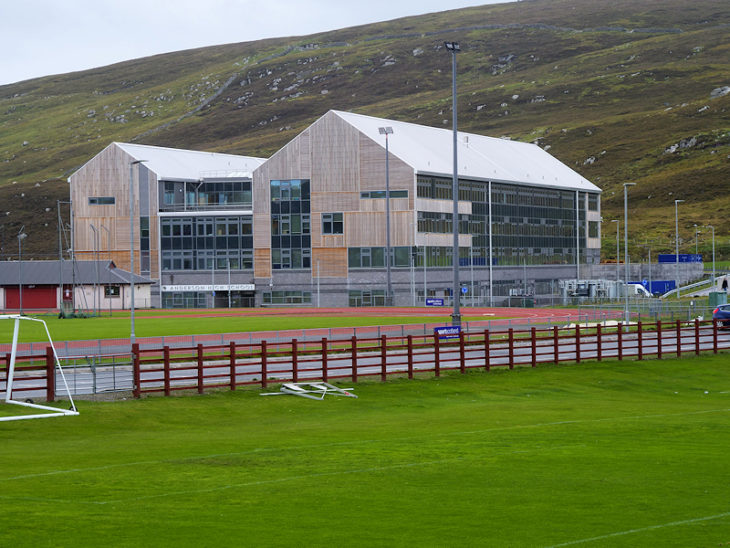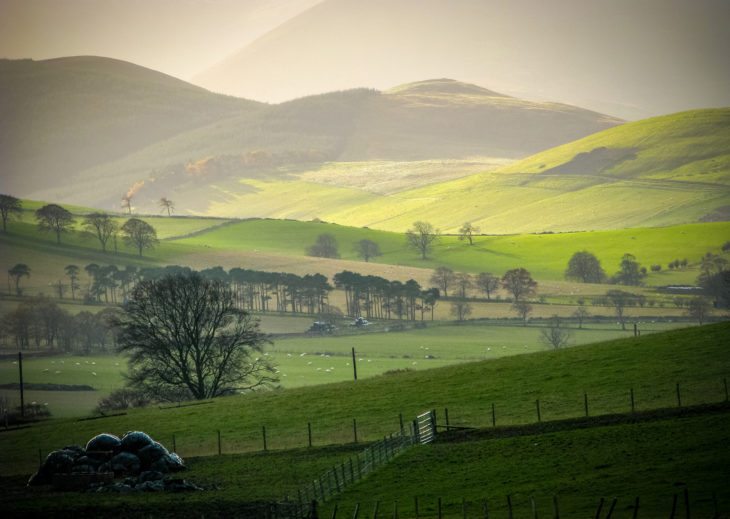Could Brexit bring wildlife back to our farmland?
Glasgow’s Queen Elizabeth University Hospital opened in 2015 at a cost of £842 million. Last month, the new Anderson High School was opened on Shetland at a cost of £56 million. These investments remind us that health and education are top policy priorities for Scottish government. What is perhaps more surprising is that we spend around £650 million every year supporting agriculture in Scotland despite the sector contributing less than 1% of Scotland’s GDP. We make these payments because the UK is in the EU Common Agricultural Policy (CAP), a subsidy system that accounts for over 30% of the EU’s total annual budget. From next year we will no longer be in the CAP and the Scottish Government will be free to design its own policy. It could choose to maintain the same levels of income support for farmers, or it could spend hundreds of millions on other priorities like reducing poverty, the NHS and educational attainment. As the figures above show, just two years of farm subsidies could pay for another super-hospital and several brand-new schools.

There is a third option – use the £650 million to buy valuable non-market benefits in the form of healthier soils, clean water, thriving nature and attractive, climate-resilient landscapes. This is what the UK environment secretary Michael Gove wants to do. His UK agriculture bill proposes to shift payments away from income support to payments for public goods. His intent has been welcomed by conservation bodies though we are all waiting to see the details before making any final judgements.
However one feels about Mr Gove, there is no doubt he has articulated a clear and purposeful vision for farm policy in England. In Scotland, the vision is neither clear nor purposeful. Rural economy secretary Fergus Ewing has taken advice from two advisory groups he personally appointed, his four Agriculture Champions and his larger Council of Rural Advisers. Some good ideas have emerged from both groups but the Scottish Government appear to be struggling to translate these ideas into a coherent post-Brexit policy. This is partly due to pressure from the powerful National Farmers Union who are lobbying hard for the status quo. Why wouldn’t they? Most of the money currently paid to their members comes with few catches. Who would want to switch from money-for-nothing to money-for-something? Actually, quite a few of the farmers I speak to as it happens.
These are the farmers that care deeply about the stewardship of our land. They want to leave the environment in a better state than they inherited whilst also producing nutritious, high quality food. The most progressive are thinking outside the ‘agriculture equals commodity production’ mindset and diversifying into sustainable forestry, renewable energy, tourism, added value markets, and provision of non-market benefits such as flood mitigation, carbon storage and water quality improvement. Think of these pioneers as a new generation of ‘land stewards’ rather than farmers in the traditional sense.

The Scottish Wildlife Trust has produced a costed blueprint for a post-Brexit alternative to the CAP. Our Land Stewardship Policy makes the case for retaining the £650 million a year but putting it to work to benefit us all. It’s money that could transform our rural areas into vibrant, nature- and carbon-rich environments whilst helping spur innovation and diversification among rural enterprises and food producers.
Brexit will bring many challenges, but freedom from the Common Agricultural Policy does at least present us with one big opportunity.
Jonny Hughes
Chief Executive
This article first appeared in the Scotsman on 16 October 2018
Help protect Scotland’s wildlife
Our work to save Scotland’s wildlife is made possible thanks to the generosity of our members and supporters.
Join today from just £3 a month to help protect the species you love.
Preface
Glasgow’s Queen Elizabeth University Hospital opened in 2015 at a cost of £842 million. Last month, the new Anderson High School was opened on Shetland at a cost of £56 …
